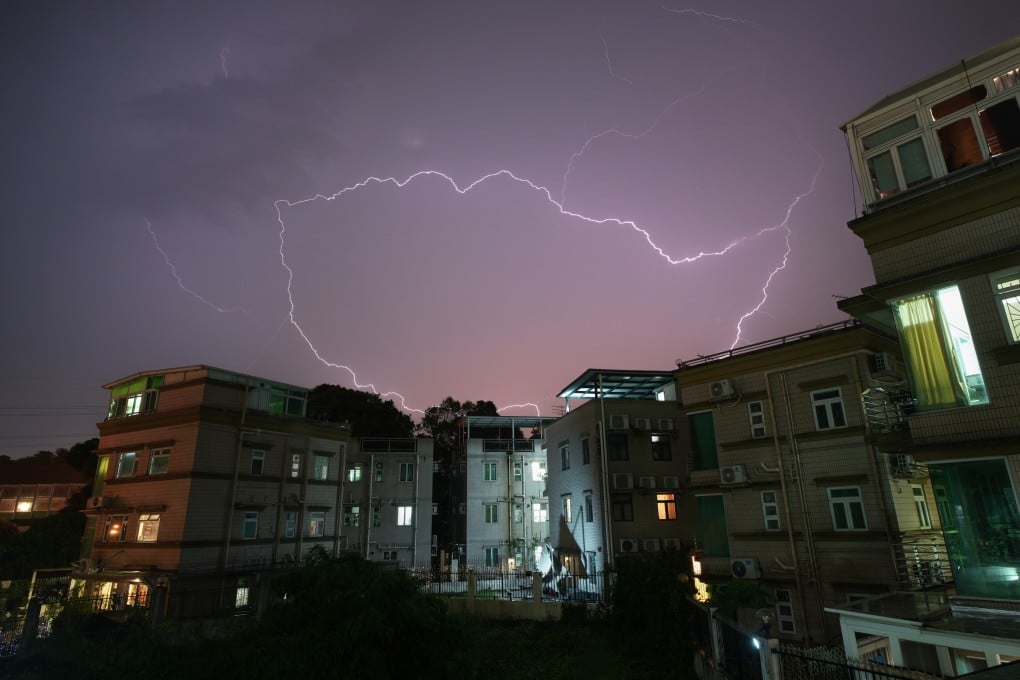Explainer | From thunderstorms to heatwaves: can Hong Kong’s infrastructure handle the strain?
- The Post explores how extreme weather is testing the city’s infrastructure with the storm season approaching

Hong Kong’s infrastructure appears to be under strain from inclement weather after electricity supplier CLP attributed the recent power disruptions to “more frequent and intense extreme weather events”.
The government promptly asked the power firm to submit plans to mitigate risks arising from the high frequency of thunderstorm warnings. Public utilities Towngas, the Airport Authority and MTR recently also released updates on their weather resilience measures.
Hong Kong is anticipating a hotter-than-usual summer with the possibility of up to eight typhoons between June and October, according to the observatory’s director Chan Pak-wai, who attributed the trend to climate change.
The Post explores how extreme weather is testing the city’s infrastructure with the storm season approaching.
1. What contributed to CLP’s latest service disruption?
A 400kV overhead power system voltage dip triggered outages in many districts in the early hours of Sunday, affecting areas from Wong Tai Sin in Kowloon to various parts of the New Territories, including Sha Tin, Kwai Chung, Fanling and Yuen Long.